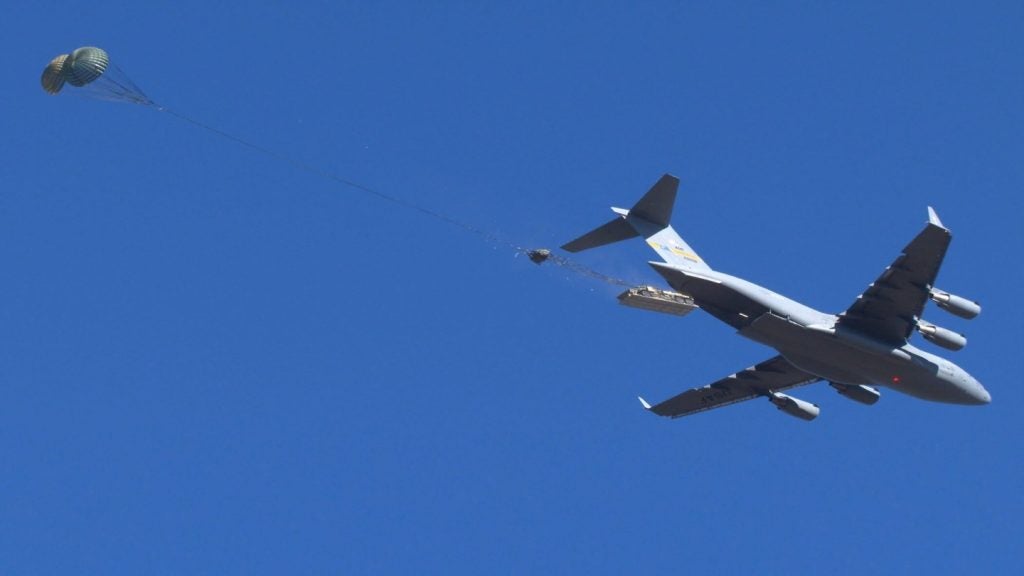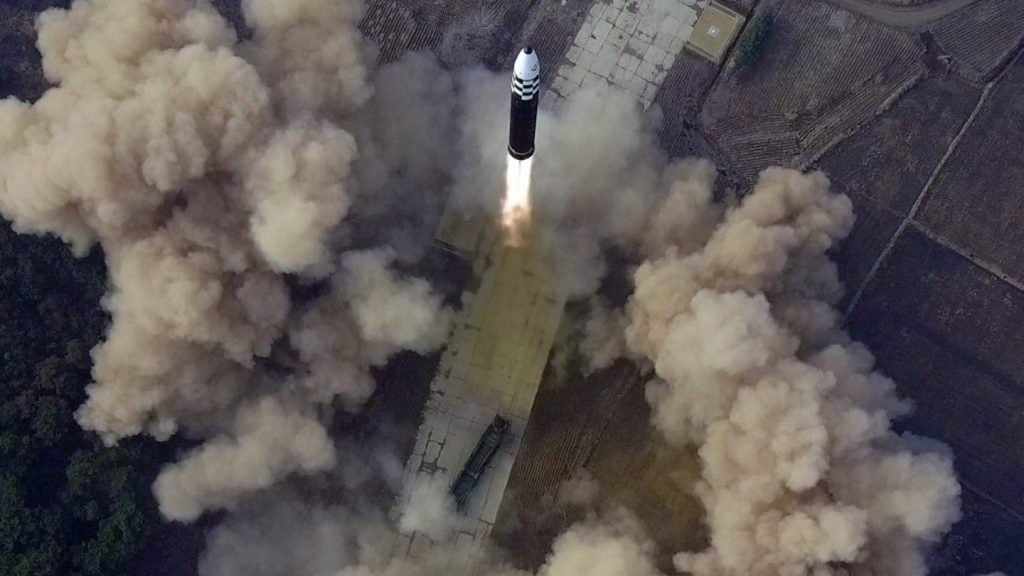Raytheon has completed qualification flight tests of its Excalibur Ia-2 precision-guided projectile to validate its performance and efficacy at the US Army’s Yuma Proving Ground in Arizona, US.
During the tests, a total of eight rounds were fired and all landed within 5m of the intended target, meeting all stringent test objectives.
Commenting on the test flights, US Army Excalibur programme manager lieutenant colonel Josh Walsh said the programme had achieved significant milestones in a very short period of time.
"In two years time, the Excalibur Ib programme has moved from a competition to being well on its way to a milestone C," Walsh added.
Raytheon Missile Systems’ Excalibur programme director Kevin Matthies said that the qualification flight tests evaluated the weapon’s latest design.
See Also:
"Our team is focused on giving our warfighters an Excalibur Ib design that improves performance and reliability," Matthies said.
How well do you really know your competitors?
Access the most comprehensive Company Profiles on the market, powered by GlobalData. Save hours of research. Gain competitive edge.

Thank you!
Your download email will arrive shortly
Not ready to buy yet? Download a free sample
We are confident about the unique quality of our Company Profiles. However, we want you to make the most beneficial decision for your business, so we offer a free sample that you can download by submitting the below form
By GlobalDataDerived from Raytheon’s combat-proven Excalibur Ia, the 155mm precision-guided artillery projectile is designed to deliver a pinpoint precision capability to troops for defeating targets from safe distances, causing minimum collateral damage.
It features a non-spinning fixed titanium base, fewer parts and follows a simplified development approach compared with Excalibur Ia, to meet the army’s objectives for improved reliability at significantly reduced costs.
A reprogramming port is also present in the weapon to allow the operator to modify performance of the round, according to changing threats and emerging tactics.
Raytheon received a $23m contract from the army in August 2010 for finalising the design of the Excalibur lb projectile, which is expected to enter into full-rate production in 2016.
Successfully deployed in 2007, the Excalibur is an extended range precision-guided, autonomous artillery round capable of providing accurate, first round fire-for-effect capability to current and future 155mm howitzers in urban environments.






